

| Zora silvestris - a less well known Sherwood Forest rarity | ||
| ... | ||
| In comparison to most
other invertebrate orders, spiders have always been
relatively under-recorded at Sherwood Forest. Surveys in
the late 1970's and in the early 2000's, went a long way
to providing an insight into the range of species found
on site, but more work is needed to provide an accurate
picture. We began to identify the spiders we found on a casual basis in late 2009 and continue to devote most of our recording time to the NNR's coleoptera and lepidoptera. One species we quickly came across was Zora silvestris. This relatively uninspiring spider, is now also one of the country's rarest, based on the available data held by the British Arachnological Society. |
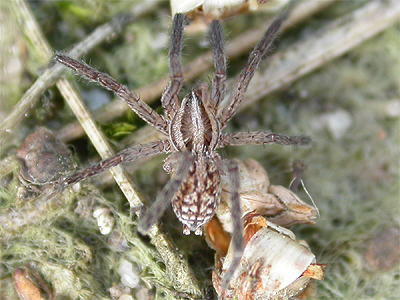 |
|
| Known
records of Zora silvestris
in Nottinghamshire and the UK Nationally, this spider is known only from very few sites and is currently assigned RDB2 status. In view of it's current status within the UK, perhaps RDB1 status is likely at some date in the future. Known sites include Hurt Wood in Surrey in 1953, Iken Heath in East Suffolk in 1955, Ambersham Common in West Sussex in 1969 and Sherwood Forest from 1978 onwards. (Source:- The British Arachnological Society Spider Recording Scheme) |
||
| ... | ||||||||||||||||||||||||||||||||||||||||||||||||||||||||||||||
|
||||||||||||||||||||||||||||||||||||||||||||||||||||||||||||||
| ... | ||||||||||||||||||||||||||||||||||||||||||||||||||||||||||||||
| Available BAS data shows that the only confirmed post 1992 records of Z. silvestris in the UK, are all from Sherwood Forest, where it was first recorded by a BAS survey team as recently as 1978. Since then, further records have occurred sporadically between 1987 and 2011. Virtually all records are from the Sherwood Forest Country Park area, until we found one during an invertebrate assemblage survey of Budby South Forest in July 2010. Zora silvestris is a spider of dry heathland areas, with stands of heather. At Sherwood Forest it has been recorded from areas of mixed heather and mature (undisturbed) grassland, so the Budby South Forest records should not seem so surprising. | ||||||||||||||||||||||||||||||||||||||||||||||||||||||||||||||
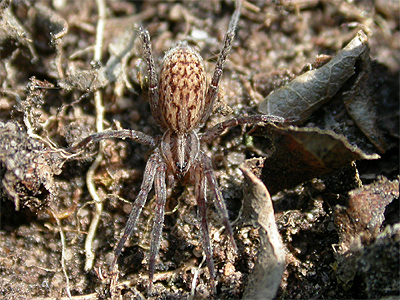 |
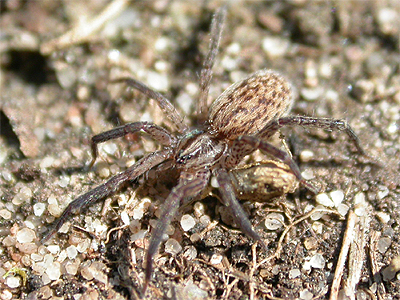 |
|||||||||||||||||||||||||||||||||||||||||||||||||||||||||||||
| ... | ||||||||||||||||||||||||||||||||||||||||||||||||||||||||||||||
| An open grassy area of heathland in the middle of the Country Park known as the Gleadthorpe Open, is probably the best place to locate this spider at Sherwood Forest, but the spider is probably much commoner on Budby South Forest. Gleadthorpe Open has been completely untouched for as long as anyone can remember and longer, but although stands of mature heather are extremely limited here, where the heather grows over bare ground on a well used footpath has generally proved to be productive when searching for Zora silvestris. | ||
| ... | ||
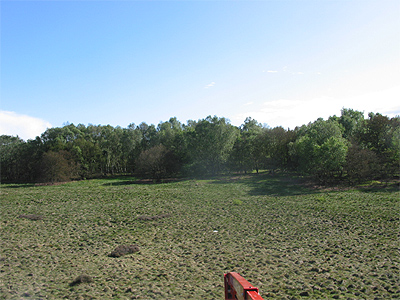 |
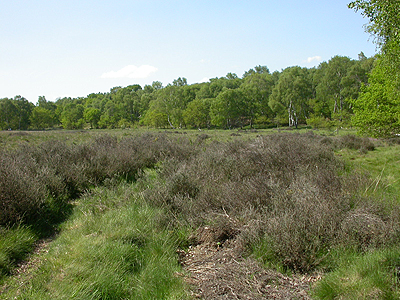 |
|
| ... | ||
| During our tree top
survey for Cryptocephalus coryli in May 2011, we
were able to see Gleadthorpe Open from 60 feet up, giving
us a unique view of this fabulous (and unique) section of
the forest. From the ground, Gleadthorpe Open looks
nothing like this, but it is home to a wide range of
spider species as well as Zora silvestris. We have also noted several individuals sunning themselves on fence posts in the early Spring of 2010 here. Adults have more recently been found to particularly favour a small area where the grass was recently scraped away to encourage additional Heather growth. Cut Oak/Birch scrub re-growth placed over the area, plus the light accumulation of dry leaf litter, seems to have provided the ideal habitat for Zora silvestris, with six adults found at the end of May 2012, but the extremely similar Zora spinimana is also found here too. |
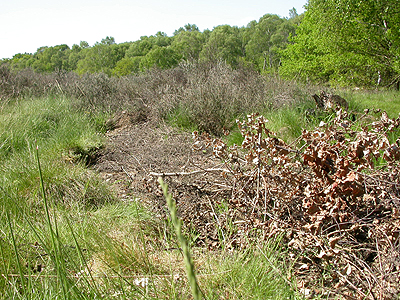 |
|
| ... | ||
| Seperation
of Zora silvestris and
Zora spinimana in the field Before proceeding further, we must point out that the correct identification of most spiders in the field is not always possible without microscopic examination of key features. Some species can be identified from good quality photographs that allow key ID features to be seen well, but in practice, getting useful photographs for this purpose of identification in the field is virtually impossible. One of the key determining ID features is the number of pairs of ventral spines on metatarsi 1 and 2. In Z. silvestris there are two pairs of spines, whilst Z. spinimana has three pairs. These are not usually visible from photographs. |
||
| ... | ||
| Zora silvestris (adult) photographed at Sherwood Forest CP on 10/05/2011 | ||
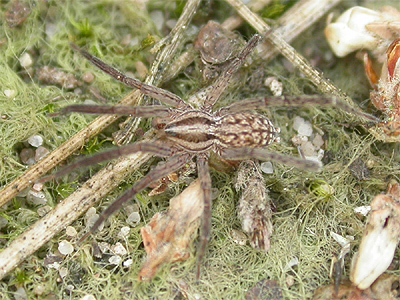 |
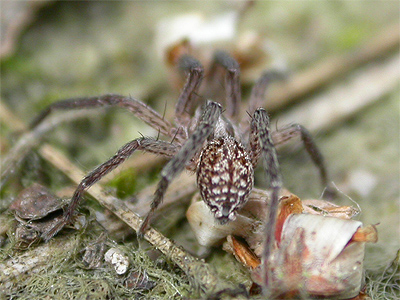 |
|
| ... | ||
| Confusion with the very similar Zora spinimana does make identification in the field very difficult, but there are several clues visible with the aid of a hand held lens, that help us to distinguish silvestris from the much commoner spinimana. Overall, silvestris appears a more grey coloured spider than the warm yellow colouration of spinimana. A darkening of the legs on silvestris is usually quite obvious, even without the aid of a lens. The two dark bands on the carapace of silvestris are broader than those on spinimana and the abdomen on silvestris is usually more contrastingly marked. Both spiders are equally as fast when warmed up, so are best viewed inside a clear pot, where they will settle down after a while. | ||
| ... | ||
| Zora spinimana (adult) photographed at Sherwood Forest CP 07/10/2009 | ||
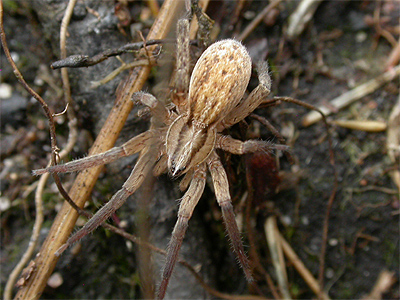 |
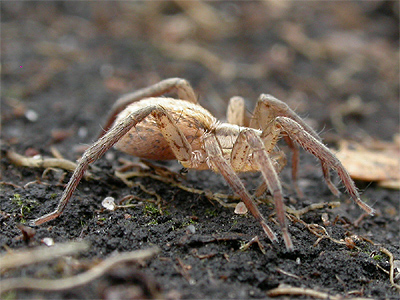 |
|
| ... | ||
| Zora silvestris (sub-adult) photographed at Sherwood Forest CP 18/04/2010 | ||
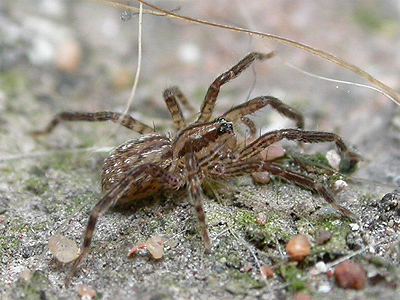 |
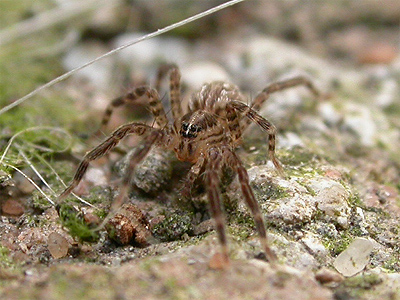 |
|